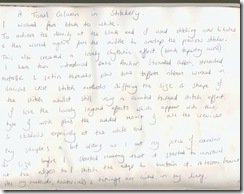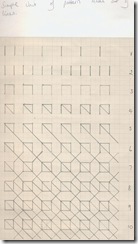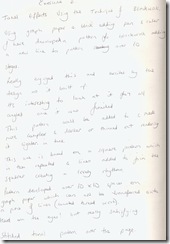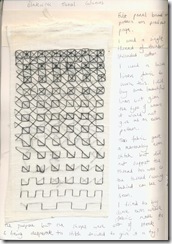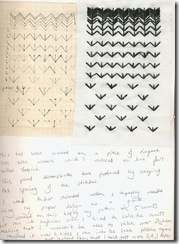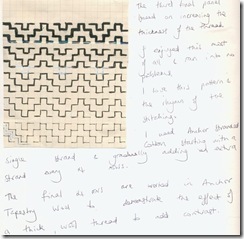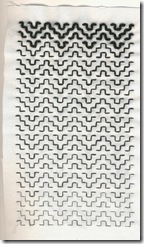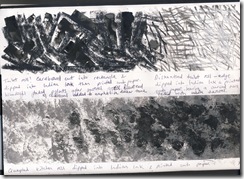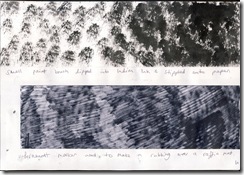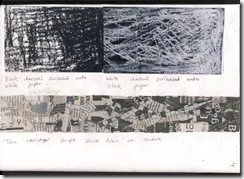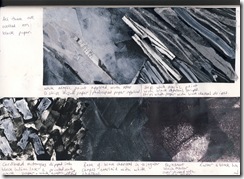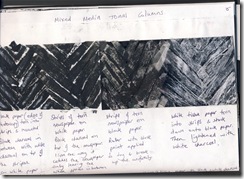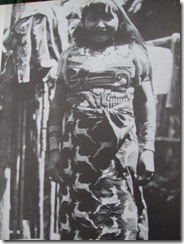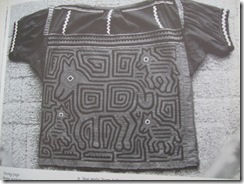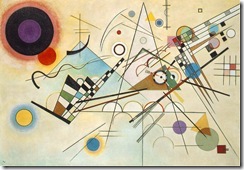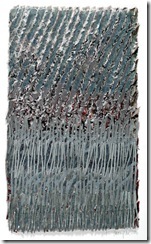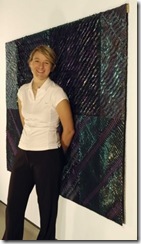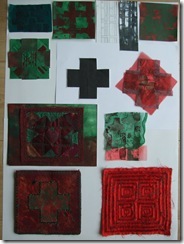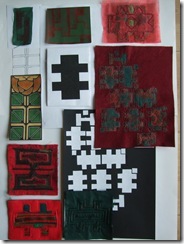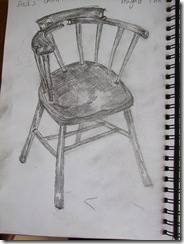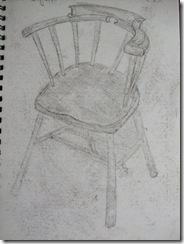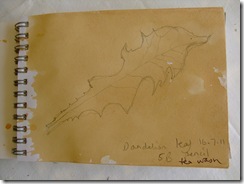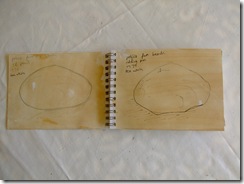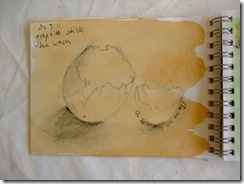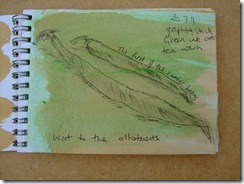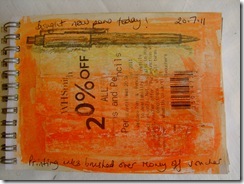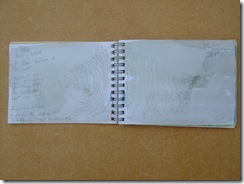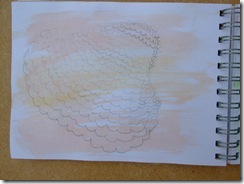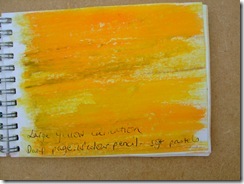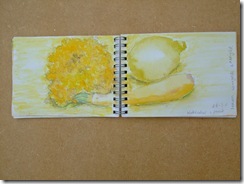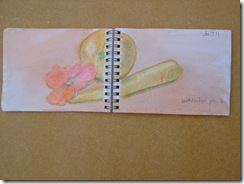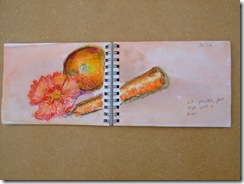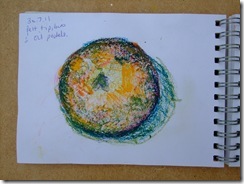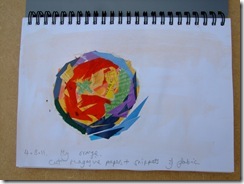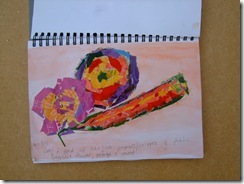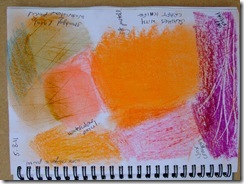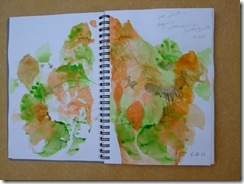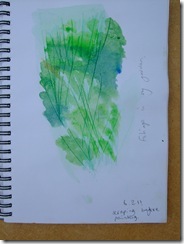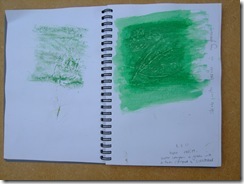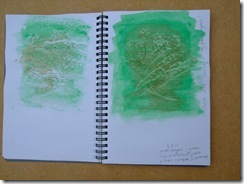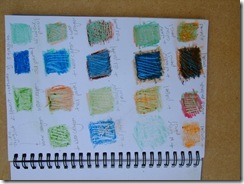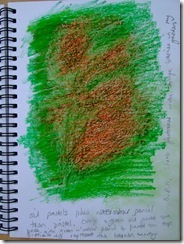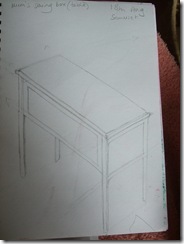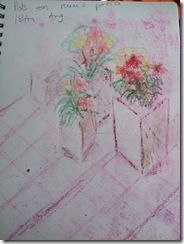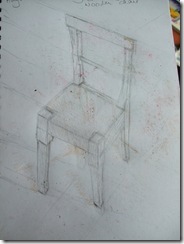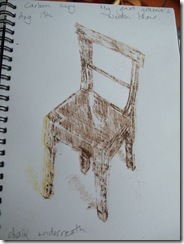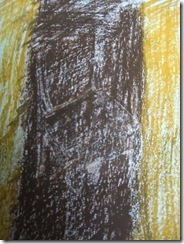This chapter has been a challenge and has taken me too long if I’m to keep to my time management plan!!
I love the sense of rhythm which I could achieve with these pieces and the fact that I could see a different pattern from different angles but I found I could only do this in good daylight [even a strong light bulb and anglepoise could not help me quite enough] and I have unpicked work in samples 2 and 3 as I had miscounted and therefore lost the overall sense of pattern.
The fabric used for sample 2 is worked on a kind of linen/cheesecloth; I’d tried to use a beautiful linen but the natural weave had lots of irregularities meaning that I ended up with an irregular pattern. I then tried to buy an even weave locally [out of stock] and there was a delay in obtaining it on-line so I plumped for the cheesecloth in desperation to get stitching!
A little frustrating all round but here they are; not my best I feel but I’m very pleased with the last sample.
Tonal column in stitchery

Simple unit of pattern made from straight lines
Stitched tonal column based on previous paper design and demonstrating the effect of pattern
2nd paper design and stitched column demonstrating the effect of varying the spacing of stiches
3rd paper design and stitched column demonstrating the effect of increasing the thickness of thread
